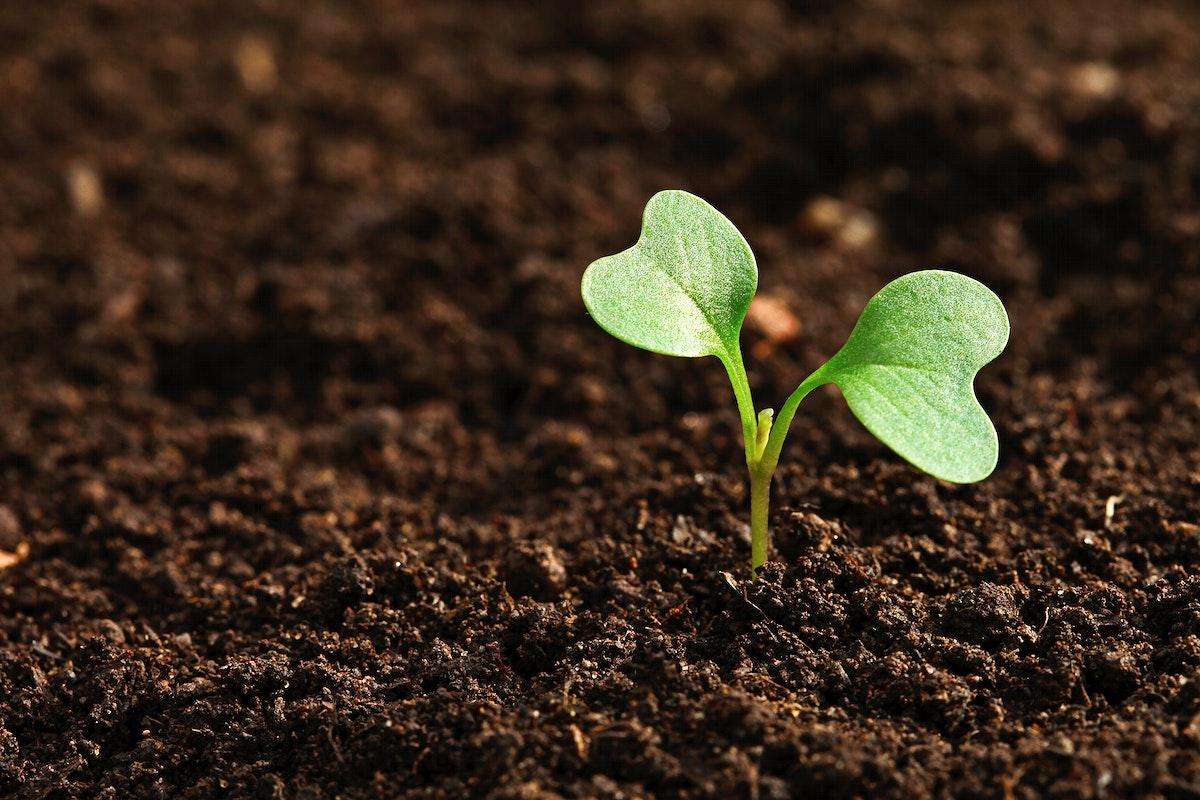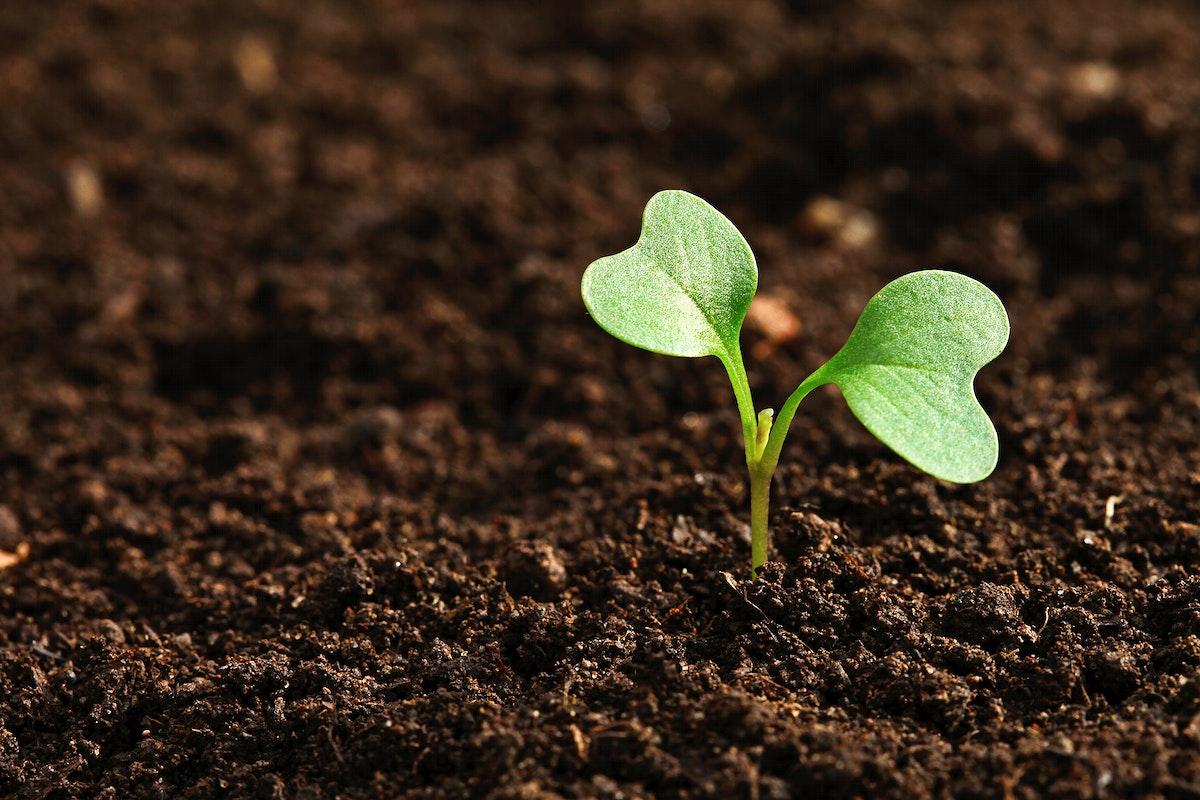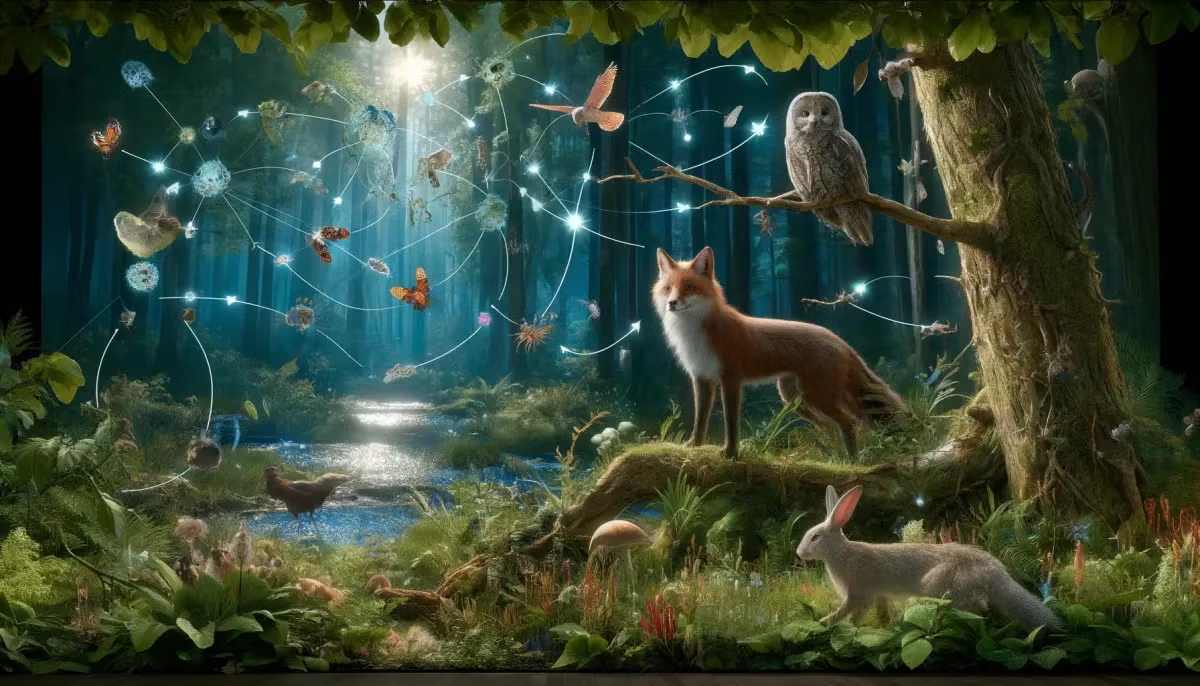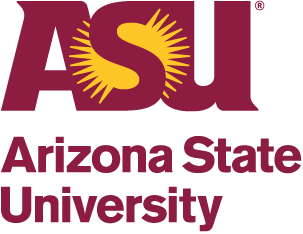
Worm World: Bedding - A Life Science Project for Wormologists
In this lesson, students conduct an experiment that answers the following driving question: Which type of bedding do red wigglers like better- coconut husk or shredded cardboard?
This lesson allows students to conduct a research experiment, collect, record, analyze, and share their data.
This lesson would be great as a focus during any life science unit and could easily be turned into a class project for gardening engagements.
Lesson Grade Level
2nd GradeLesson Plan Link/URL
https://docs.google.com/presentation/d/1BUU7E__1IHKTkDStIMW0DQWa5ktb-0wR/edit?u…Subject Area
Science Life Science L2: Organisms & Energy Mathematics Measurement and Data (MD) English Language Arts (ELA) Speaking & ListeningRelated Content

This is part 2 of 2 where students will be conducting a life science experiment with their Worm Worlds created from part 1 and finding out what a red wiggler's favorite food is.

This lesson incorporates Math, Science and Reading standards into a pumpkin themed third grade lesson. Students will use a mentor text to relate to the life cycle of a pumpkin, create, compare and


